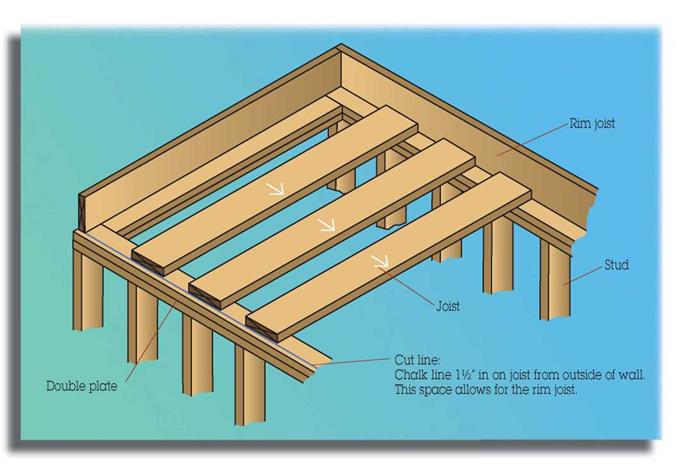Choosing a Foundation
|
FOUNDATION TYPES VARY by region. When deciding which type of foundation to use, consider the cost, climate, and local preferences. The three major foundation types are discussed below. |
|
rough or finished floor for the first level of the building. This explains why slab foundations are less expensive than other types. Because concrete has poor insulativc qualities, slab foundations are often insulated with rigid foam. Plumbing waste lines are typically cast into the slab, so thev must be carefulIv laid out 4 4 and installed first. Plumbing supply – lines and tubes for radiant floor heating can also be cast into a slab. Types of Slab Foundations Concrete slabs can be poured inside stem walls that bear on conventional footings... |






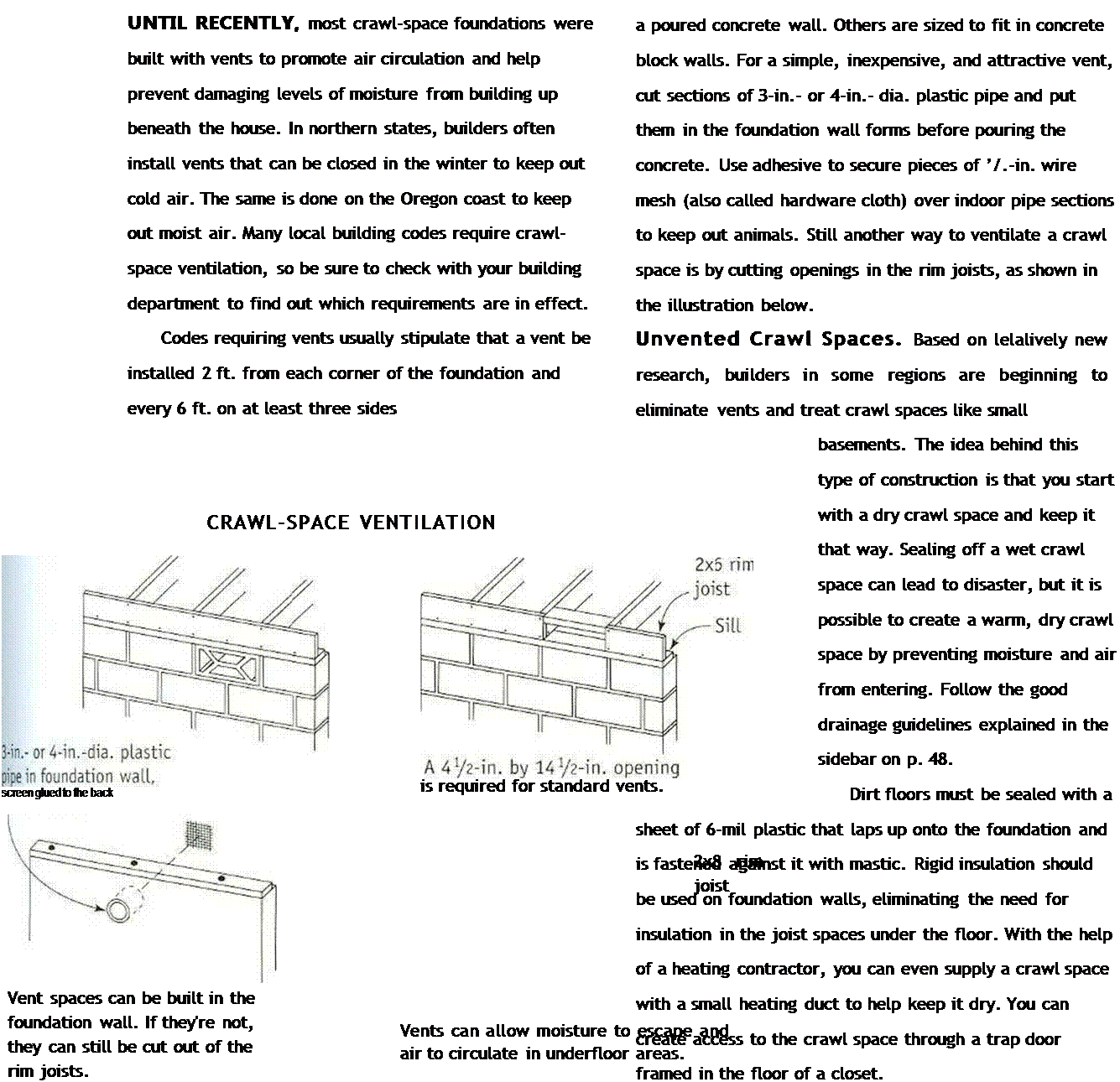
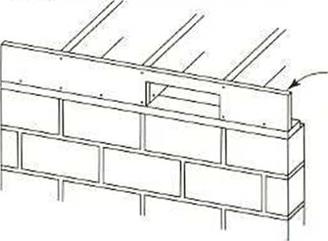
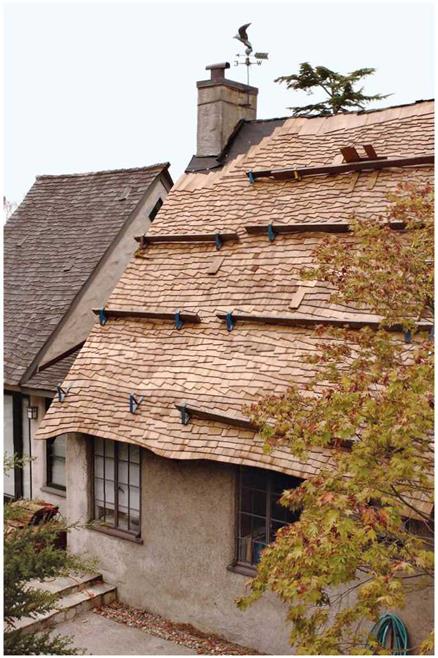
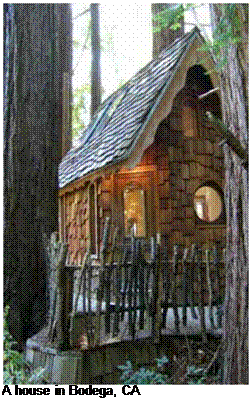 Just as something is typically appreciated as good or beautiful when it is deemed necessary, it will be condemned as ugly or evil when it is considered pointless. Under the right circumstances, murder becomes heroism and trash turns into treasure...
Just as something is typically appreciated as good or beautiful when it is deemed necessary, it will be condemned as ugly or evil when it is considered pointless. Under the right circumstances, murder becomes heroism and trash turns into treasure...![Going Beyond the Call of Duty Подпись: [Photo : Anna Carter]](/img/1312/image146_0.gif)
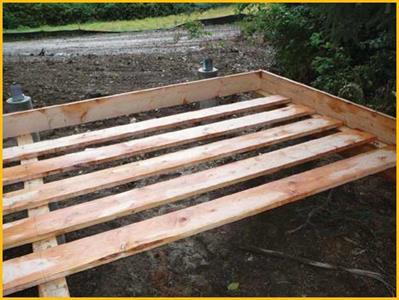 If joists lap over an interior wall, they can be rough-cut approximately two inches beyond the wall. Do not let lapped joists go more than six inches beyond the wall.
If joists lap over an interior wall, they can be rough-cut approximately two inches beyond the wall. Do not let lapped joists go more than six inches beyond the wall.